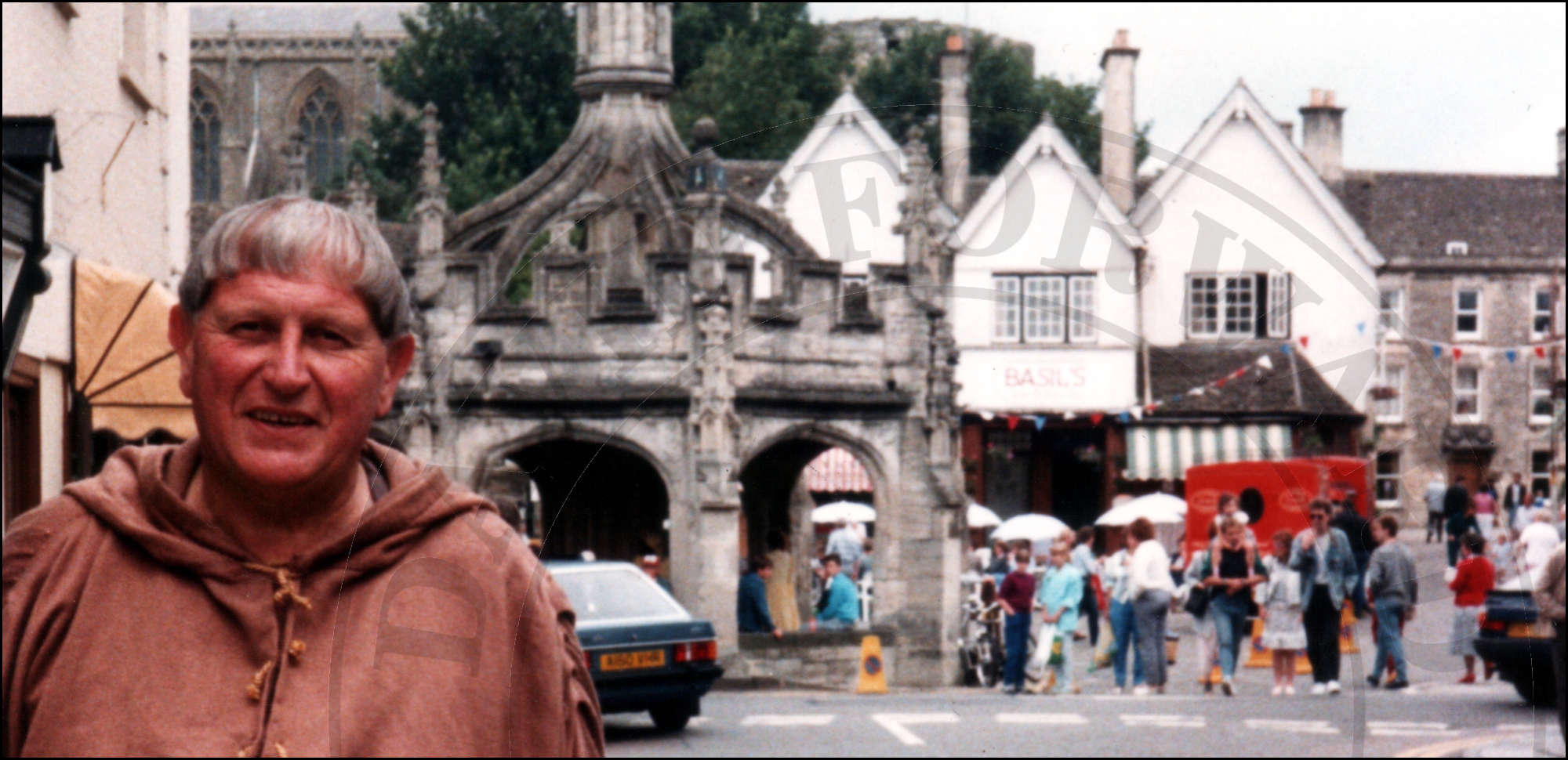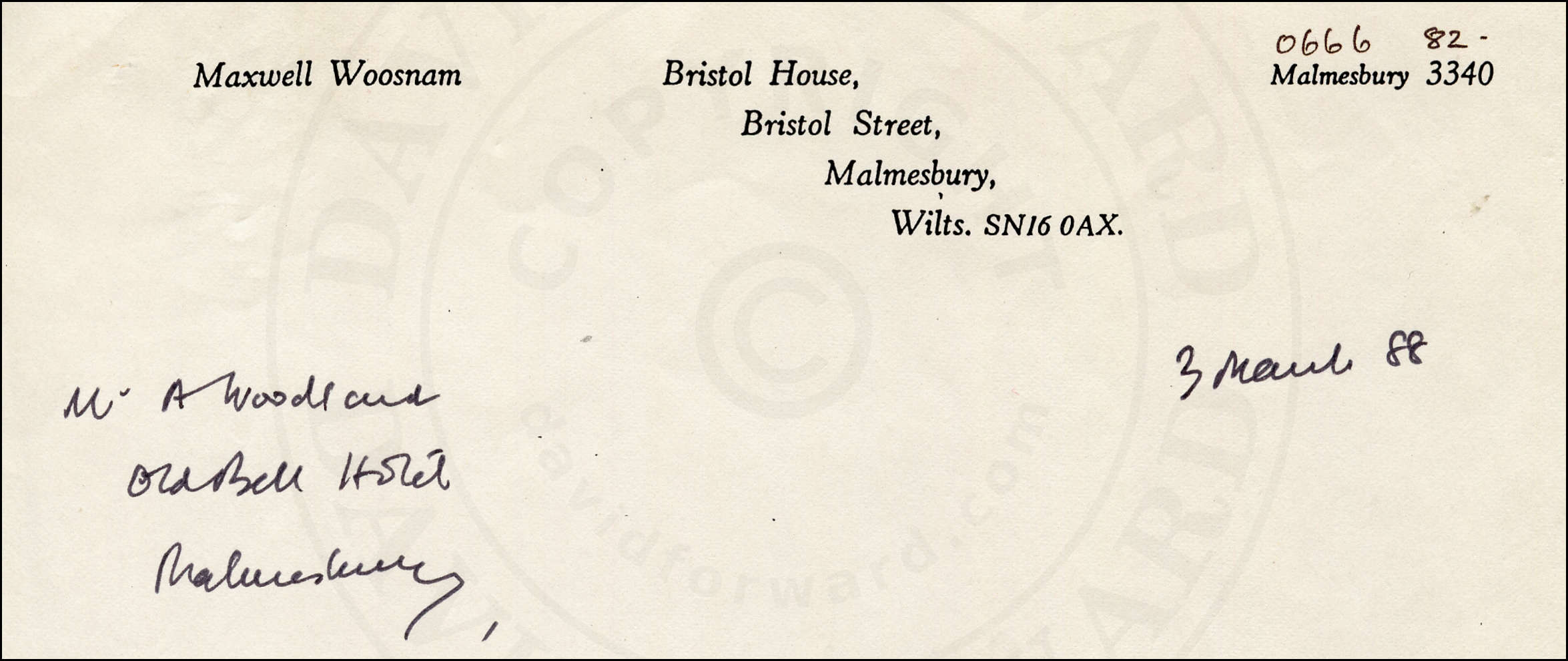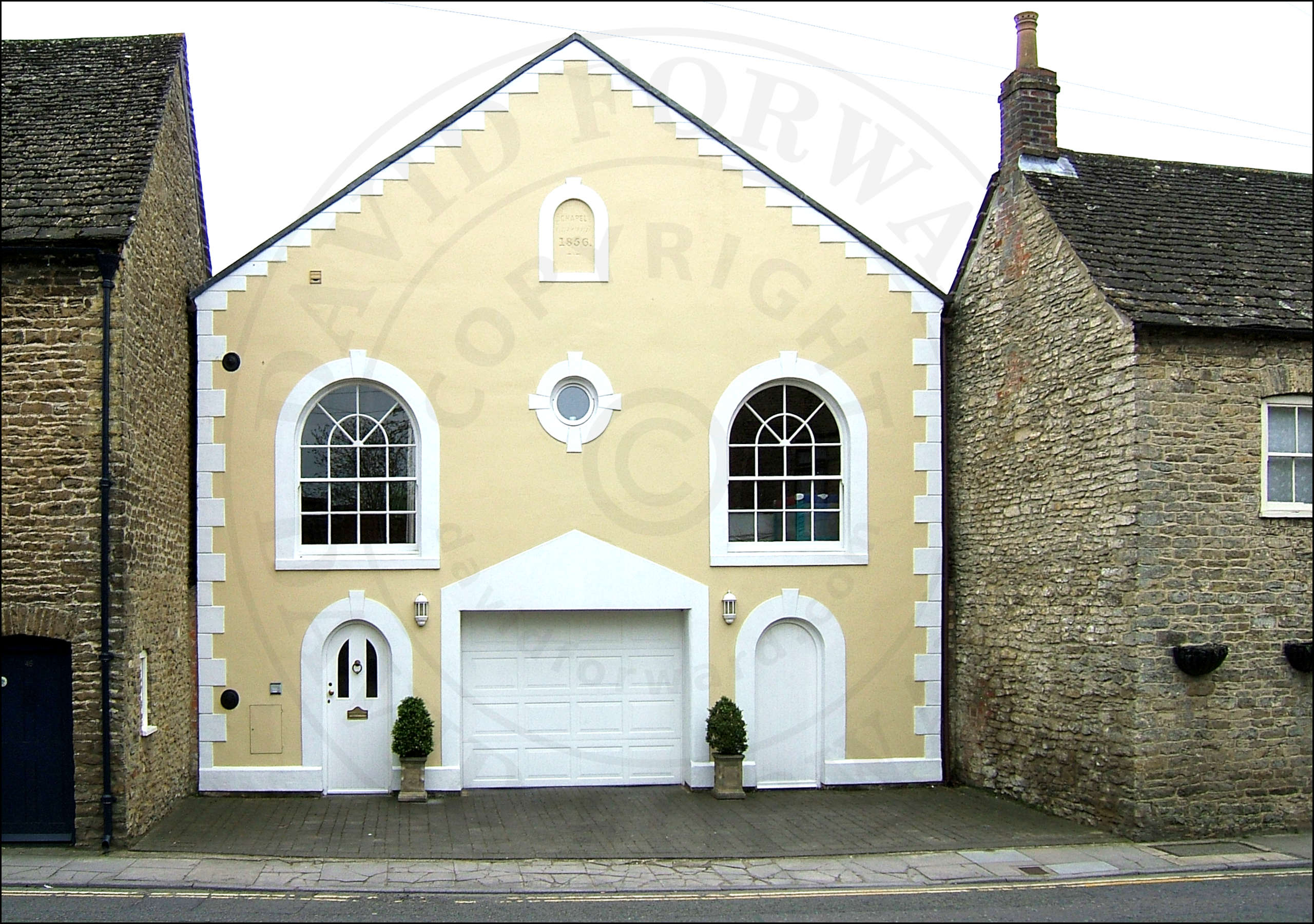Malmesbury History
By M. S. Woosnam, 1963
A Celtic settlement as early as Rome, a Capital of Saxon England, the oldest Borough in England, an early Christian settlement culminating in a magnificent Norman Abbey, part standing today, Malmesbury sits on a hill surrounded by two rivers and entered by six bridges.
The Celtic settlement, destroyed by the Romans, was followed by an early Christian settlement, probably by refugees from persecutions in Rome. When the Romans left, the Picts and Scots plundered the area until the English King Vortigen obtained reinforcements from the Saxons. The Saxons were at first anti-Christian also, but Maeldulf, a Celtic monk managed to build a church here in 657 A.D. and his pupil Aldhelm obtained support from the Saxon King for larger buildings.
When the Danes were threatening to overrun the Saxon Kingdom, King Athelstan was strongly supported by the Men of Malmesbury to whom he gave in 960 A.D. 500 acres of land, which they and their families control by their own corporation today.
The Normans, who defeated the Saxons, helped the Church and with Norman Masons began the building in 1080 A.D. of the Abbey we see today.
Malmesbury grew to great importance owning 40,000 acres in 1200 A.D. However this caused it to be fought over by Steven and Maud and gradually it fell into disrepair. When Henry VIII dissolved the Monasteries in 1533 the Abbey’s main spire, higher than Salisbury’s, had already fallen down. There followed a prosperous wool trade period but the Civil war caused further damage and there was no further trouble until the rioting during the Reform Bill of 1832 when it ceased to be one of the notorious Rotten Boroughs. It still retains however it’s Charter, it’s Abbey and it’s unspoilt historical Aspect.
Malmesbury has an Aeronautical history also. From King Malmud, the founder of Bath, who was supposed to have made a legendary flight in 850 B.C. to Elmer, a monk in the Abbey here, who was reliably documented as having jumped from a tower in 1000 A.D. This glide made Elmer the first western aeronaut by many hundreds of years and the flight of about 200 yards was re-enacted from the top of the Abbey in last year’s Carnival. More recently in 1880 the then M.P. Walter Powell took off in a Gas Balloon from the Cross Hayes in the centre of the town. It is this event that we re-enact in this year’s Carnival.


